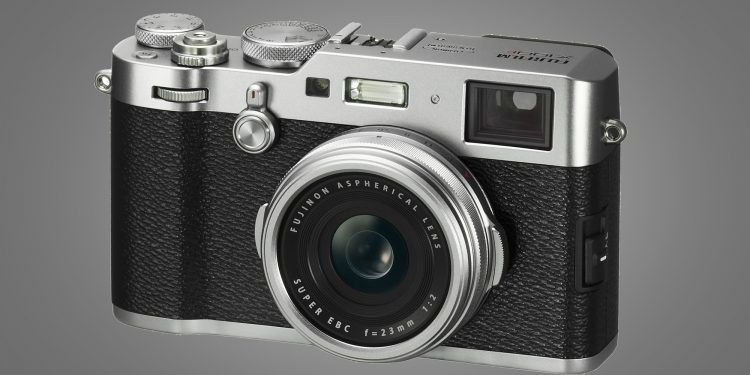Last year, Fujifilm toppled its APS-C rival Sony with some of the best mirrorless cameras, including the X-T3 and X-Pro3. Now it is focusing on its hugely popular series of compact street photography with the introduction of the X100V.
Fujifilm brings the latest technology to this model, adding a new 26.1 megapixel higher resolution sensor and faster X processor 4 borrowed from the X-Pro3. It also comes with a new sharper lens, an updated hybrid OLED EVF, and a higher-resolution tiltable rear display. In fact, it has solid video specs and borrows many of the 4K features of the compact mirrorless X-T30.
In short, it’s a complete technological overhaul. Combined with Fujifilm’s knowledge of street photography and a very high price tag, I expect a lot from the X100V. Is it paying off now?
Fujifilm’s X100 series of compact street cameras have always performed well, and the X100V is no exception. However, Fujifilm has made numerous technical improvements, including a 26.1 megapixel higher resolution sensor, sharper lens, tilt screen, and great 4K video capabilities. This makes it easier to use than ever and makes for sharper, richer photos than the previous model. At $ 1,400, it’s not cheap, but you’d have to spend thousands more to get something better. All in all, it’s by far the best street photography camera for money.
Available in black or silver/black, the X100V is a handsome camera with a strong professional look. It’s lightweight and easy to carry but has a full set of manual controls to make taking photos on the road easier.
While it looks identical to the newest model, the X100F, at first glance, Fujifilm has changed a few important things. Most notably, the rear D-pad-like four-way controller has been removed, as you can use the joystick to make most of the focus and menu settings. This has the effect of cleaning up the design and I didn’t miss the controller at all.
Fujifilm also introduced touch controls on the rear display. This further reduces the need for a D-pad controller as you can use the touchscreen to set focus points or change full or quick menu settings. It also supports the swipe gesture features that Fujifilm first introduced on the X-E3.
I usually prefer buttons to screens, but overall I like what Fujifilm has done. The touchscreen is responsive and makes it easy to change the focus point with my eye to the viewfinder. Depending on what I’m doing, I sometimes prefer the joystick there, but it’s good to have the touchscreen option too.



